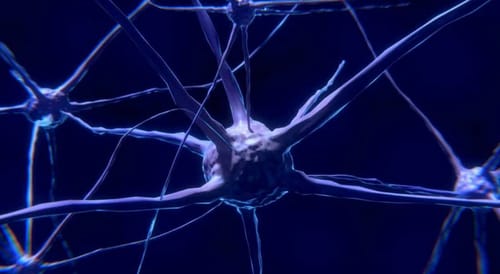 |
| Google helps map human brain tissue |
The human brain is one of the most complex structures of all. Google and Harvard University have released a reconstruction of 1,4-PB, which may involve a small portion of the cerebral cortex.
This data set consists of imaging data covering approximately one cubic millimeter of brain tissue.
It includes tens of thousands of reconstructed neurons, millions of neuron segments, 130 million annotated synaptic points, and 104 corrected cells. And a lot of additional information and infrastructure.
The cerebral cortex is a thin superficial layer of the brain. This cortex plays an important role in thinking, memory, planning, cognition, language and attention. In addition to most other higher-level cognitive functions.
Although some progress has been made in understanding the visual organization of this highly complex organization. However, its regulation at the level of individual neurons and their interconnected synapses is largely unknown.
The sample was donated anonymously by epilepsy patients at MGH, Massachusetts General Hospital. Then present it to researchers in the Lichtman Laboratory at Harvard University.
Google and the cerebral cortex:
The Harvard researchers cut the tissue into about 5,300 individual pieces with a size of 30 nanometers. Use an automatic belt with a high precision cutting tool. Then they put these pieces on the silicon wafer. Next, they used a 61-beam parallel-scanning electron microscope to image brain tissue at 4 nm resolution for rapid image acquisition.
The end result is 225 million individual 2D images. Google then compiles it through algorithms and matches it in 3D volume with the thousands of cloud TPUs it uses in the process.
This map of the human brain can now be accessed through Google's Neuroglancer web visualization tool.
The future challenge for Google is storage. The current data set of 1.4 petabytes is no more than a millionth of the volume of the entire human brain.
For example, mapping a mouse's brain can yield exabytes of data. The company is studying data compression based on machine learning.
It's the largest sample of brain tissue ever imaged and reconstructed at this level of detail.
It also represents the first large-scale study of synaptic conduction in the human cortex involving multiple cell types in all layers of the cortex.
The main goal of the project is to provide a new resource for human brain research and to improve and extend core connectivity technology.